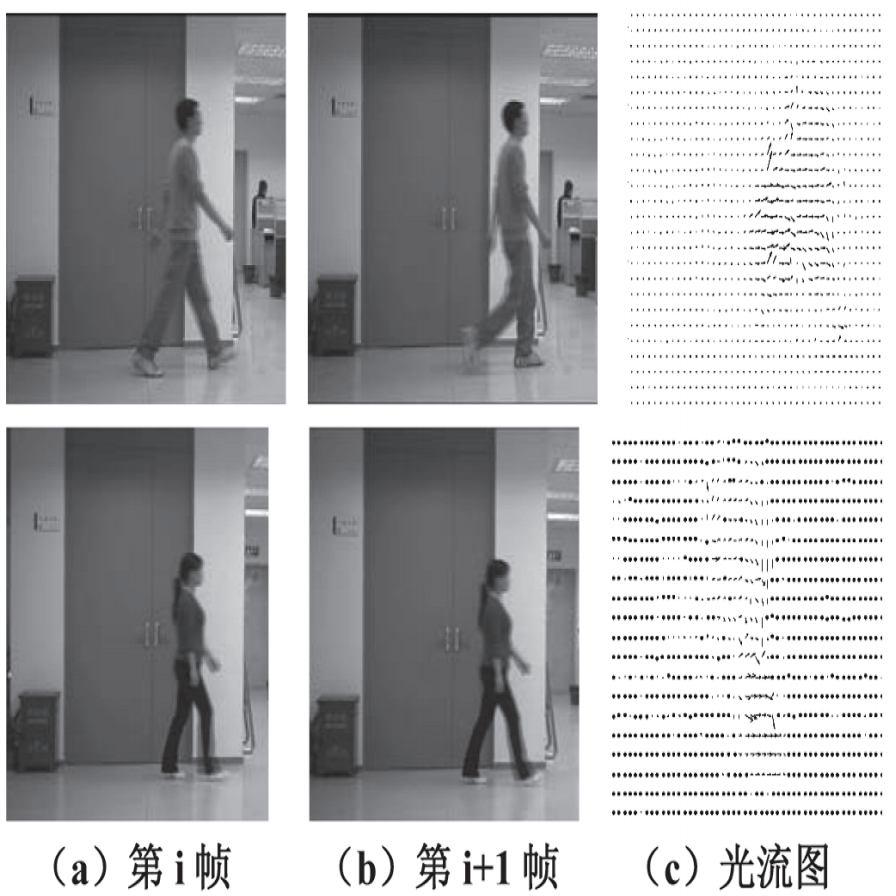Natural behavior consists of dynamics that are complex and unpredictable, especially when trying to predict many steps into the future. While some success has been found in building representations of behavior under constrained or simplified task-based conditions, many of these models cannot be applied to free and naturalistic settings where behavior becomes increasingly hard to model. In this work, we develop a multi-task representation learning model for behavior that combines two novel components: (i) An action prediction objective that aims to predict the distribution of actions over future timesteps, and (ii) A multi-scale architecture that builds separate latent spaces to accommodate short- and long-term dynamics. After demonstrating the ability of the method to build representations of both local and global dynamics in realistic robots in varying environments and terrains, we apply our method to the MABe 2022 Multi-agent behavior challenge, where our model ranks 1st overall and on all global tasks, and 1st or 2nd on 7 out of 9 frame-level tasks. In all of these cases, we show that our model can build representations that capture the many different factors that drive behavior and solve a wide range of downstream tasks.
翻译:自然行为是由复杂和不可预测的动态构成的, 特别是在试图预测未来许多步骤时。 虽然在有限或简化任务条件下建立行为表征方面已经取得了一些成功, 但许多这些模型无法应用于自由和自然环境, 在那里行为越来越难以模拟。 在这项工作中, 我们为行为开发了一个多任务表征学习模式, 将两个新颖组成部分结合起来:(一) 行动预测目标, 目的是预测未来时间步骤的行动分布, (二) 多尺度结构, 建立单独的潜伏空间, 以适应短期和长期动态。 在展示了在不同环境和地形中以现实机器人形式建立地方和全球动态表征方法的能力之后, 我们运用了我们的方法来应对MABE 2022多剂行为挑战, 在那里,我们的模式将全球所有任务排在第1级, 以及9个框架任务中的第1或第2级。 在所有这些案例中, 我们的模型可以建立反映驱动行为和解决一系列广泛下游任务的多种不同因素的演示。</s>




